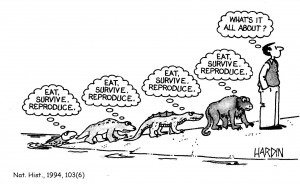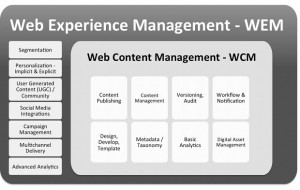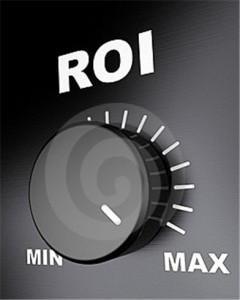Five Ways Marketing Automation is Good for Your Company
 Marketing automation is good for your company. In the world of marketing, automation makes sense. Why? For two reasons: 1) automation provides better tracking and lead management for digital marketing campaigns; and 2) automation provides marketing and sales alignment, which allows both functional silos to operate more efficiently and effectively.
Marketing automation is good for your company. In the world of marketing, automation makes sense. Why? For two reasons: 1) automation provides better tracking and lead management for digital marketing campaigns; and 2) automation provides marketing and sales alignment, which allows both functional silos to operate more efficiently and effectively.
Lean B2B companies with smaller sales and marketing departments can automate functions that, in the past, have required hours of work. Mid-size companies can be more agile with messaging that reacts to market sentiment. Large companies can maintain a competitive edge through targeted, sustained campaigns that strengthen brand loyalty and grow top line revenues.
Marketing automation (MA) is used to streamline workflow and provide measurement for marketing activities in order to increase operational efficiency and accelerate revenue growth. How does MA help small to large companies improve their marketing effectiveness? There are five benefits that marketing automation provides:
Nurture Relationships
Marketing industry analysts claim that 20% of leads that connect with your brand are not sales-ready at the point of first contact. Therefore, a relationship must be built to move a suspect lead to a customer. In fact, when done properly, lead nurturing can yield nearly 50% more sales-qualified leads from marketing campaigns. Marketing automation allows marketers to develop, execute, and monitor extended campaigns that move leads through buying stages.
Retain/Strengthen Existing Relationships
Marketing automation provides a way to encourage brand loyalty through scheduled messaging to customers. Companies that incorporate MA have significantly improved their customer retention rate versus those that don’t, according to industry leaders. Data collected through digital engagements can be analyzed and leveraged towards stronger relationships. In addition, MA provides a structured approach to up-sell and cross-sell opportunities.
Segment Market Participants
Companies are able to segment leads by various criteria through the use of marketing automation. For instance, groups can be easily organized by geography, demographics, online behavior, and other attributes. Marketers can increase messaging effectiveness by tailoring campaigns that capitalize on stored data.
Sales and Marketing Alignment
Marketing automation is the best way to blend marketing and sales activities for greater efficiency and effectiveness. MA helps each silo through coordinated messaging, lead scoring, and pipeline management functions. Companies can more readily identify hot leads through a combination of lead nurturing and lead scoring. And systems that integrate with customer relationship management (CRM) platforms provide a seamless transition for leads that have moved from marketing-qualified to sales-qualified status.
Measure ROI
Perhaps the most beneficial aspect of marketing automation is the ability for management to measure return on investment in both sales and marketing functions. Executives can analyze response rates, social media impacts, and other metrics with a few clicks. For example, our Lead Management Automation™ platform provides details about lead sources, campaign types, and most active lead territories, to name a few.
The bottom line is that marketing automation solutions like those developed by Lead Liaison provide companies a streamlined approach to marketing activities and builds alignment between sales and marketing. Business executives can save time and money, measure and optimize marketing investments, and drive revenue growth faster through a robust marketing automation platform.
Please share how your company reaps the benefits of marketing automation. To find out how Lead Liaison can strengthen and improve your marketing process, contact us today!











